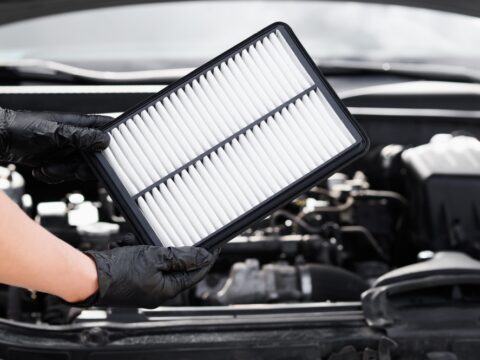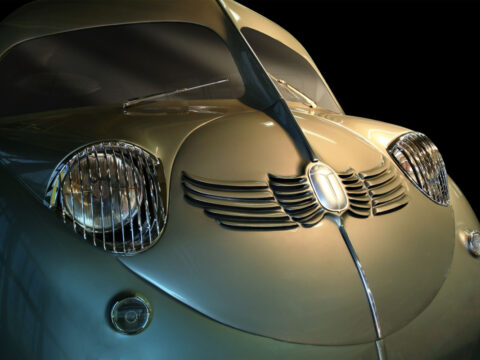Buying a vintage car can be an exciting experience, but it’s important to know what to look for before committing. These timeless vehicles often come with hidden issues that could cost you later on. By carefully inspecting key areas, you can ensure you’re getting a quality classic that’s worth the investment. Here are 15 must-check items to help you make a smart purchase.
Contents
Rust and Corrosion
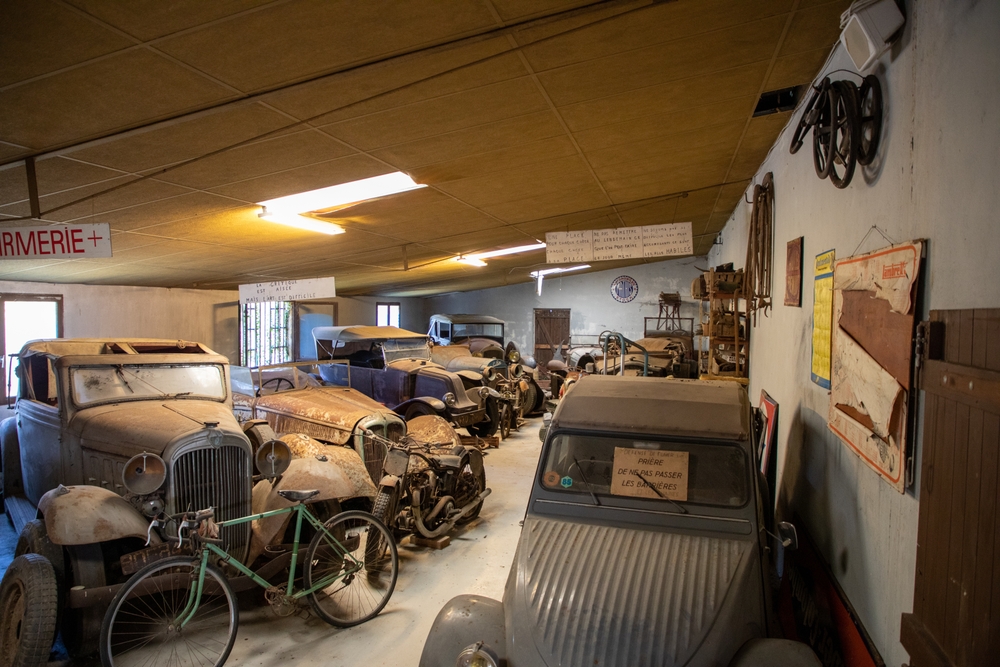
Rust is the enemy of vintage cars, especially when it affects the frame and undercarriage, which are critical to the vehicle’s structural integrity. Surface rust can be repaired, but deep corrosion may indicate more serious issues that compromise safety. Areas like the wheel wells, door sills, and floor pans are prone to rust, and unchecked corrosion can spread and weaken the car over time. Properly inspecting these areas can save you from costly repairs down the road.
Engine Condition
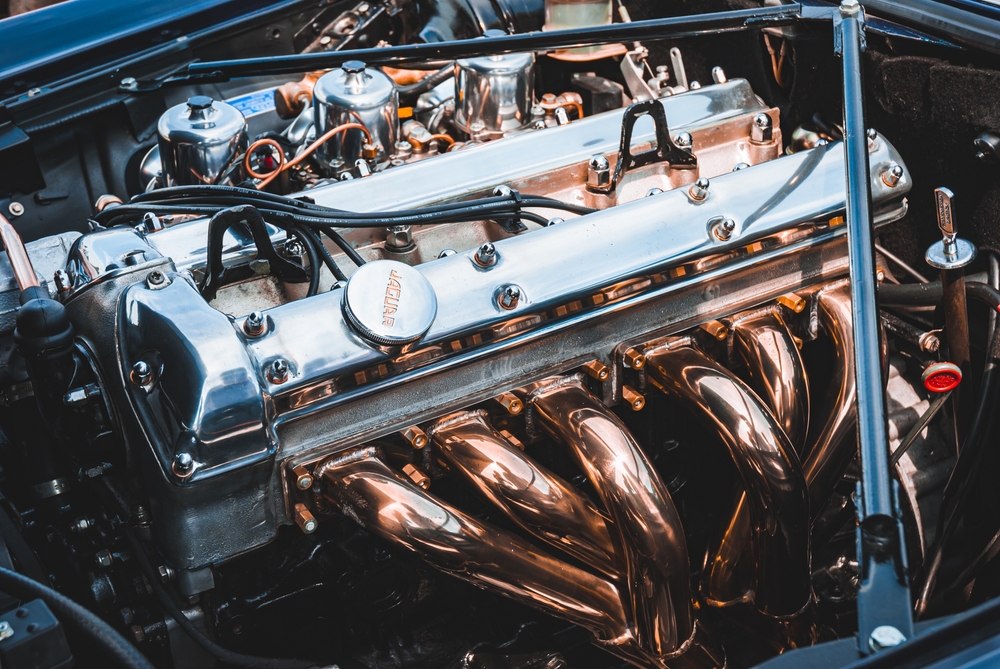
A vintage car’s engine can reveal a lot about its overall health. Check for oil leaks, strange noises, or smoke, which may indicate worn-out seals, gaskets, or internal damage. Inspect the belts, hoses, and general cleanliness of the engine bay. An engine that’s well-maintained will start easily, idle smoothly, and run without any unusual sounds. Ensuring the engine is in good condition can save you from a costly rebuild.
Transmission
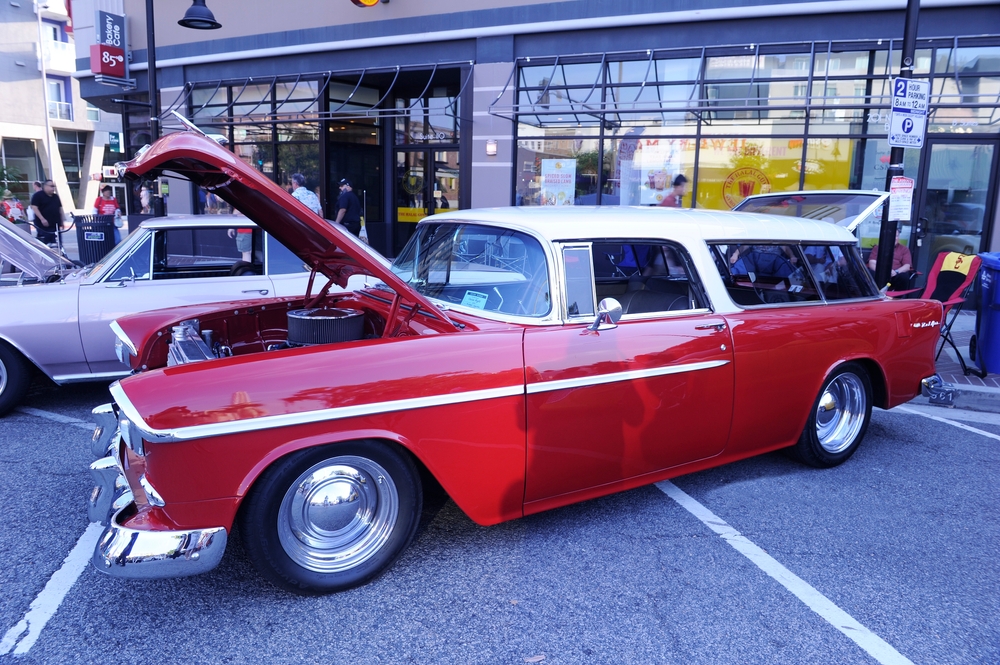
The transmission is a vital part of the car’s drivetrain, and problems here can be expensive to fix. Test for smooth shifting, either automatic or manual, with no hesitation, grinding, or clunking sounds. Vintage cars often have older-style transmissions, and replacement parts may be hard to find, so any signs of slipping or rough transitions are red flags. A well-functioning transmission should engage gears effortlessly.
Brakes
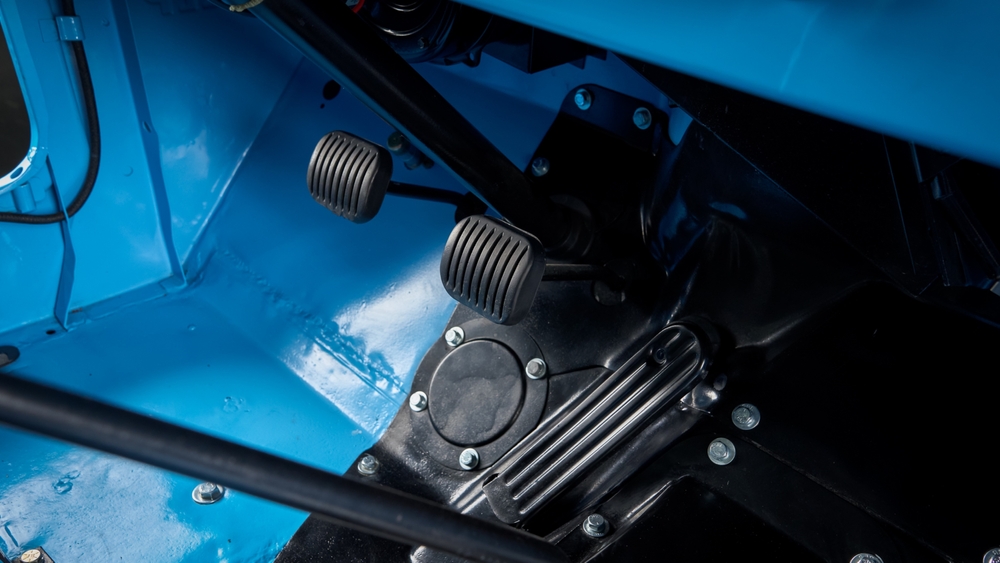
Brakes are critical to both safety and drivability. Check for brake pad wear, fluid leaks, and responsiveness when the pedal is pressed. The brake system in older cars may need more frequent maintenance, so any squealing noises, pulling to one side, or delayed braking should be investigated. Worn-out brakes not only reduce safety but also increase the cost of repair.
Suspension
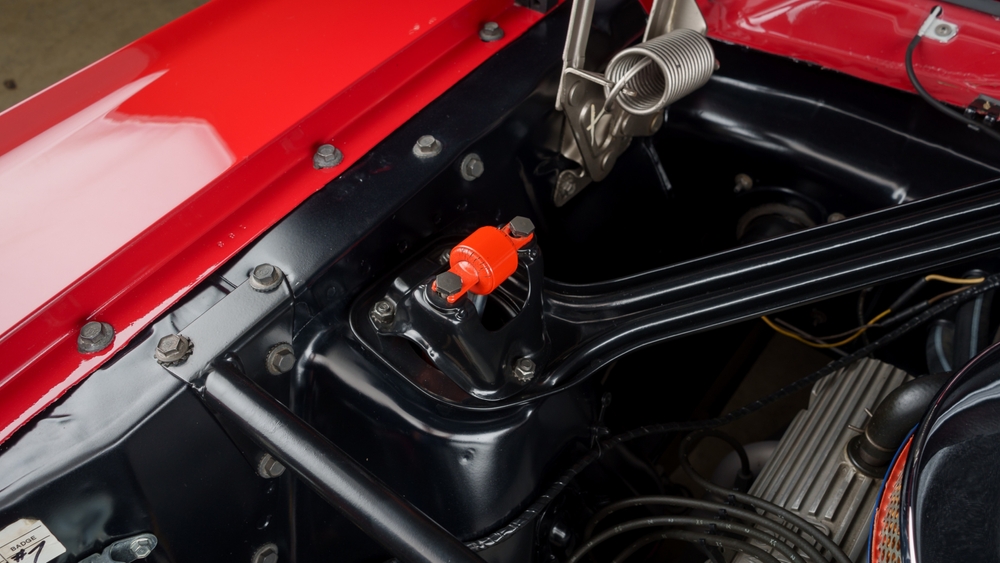
A vintage car’s suspension affects how it handles on the road. Worn shocks, struts, and bushings can lead to poor ride quality, uneven tire wear, and handling issues. Check for any sagging or clunking noises while driving over bumps. Replacing suspension components can be costly, especially if it requires original or hard-to-find parts, so it’s crucial to assess their condition.
Electrical System
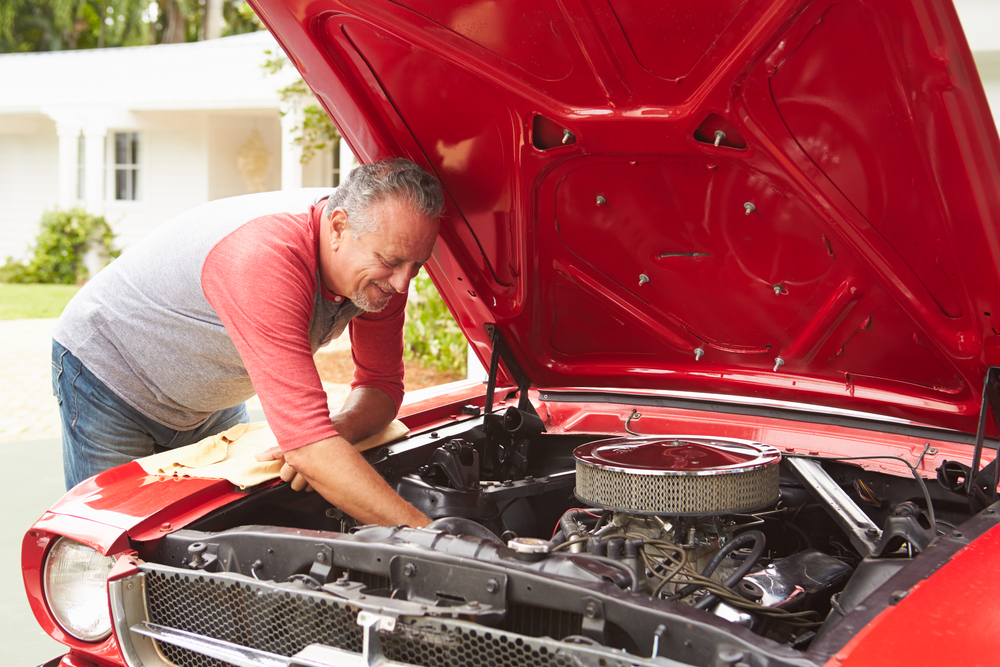
Electrical components in older cars can be temperamental. Make sure all lights, gauges, and other electronics like the radio, horn, and windows work properly. Wiring in vintage cars can deteriorate over time, leading to short circuits or complete system failure. A thorough inspection of the electrical system ensures everything functions correctly and that the car won’t leave you stranded with a dead battery or malfunctioning lights.
Fuel System
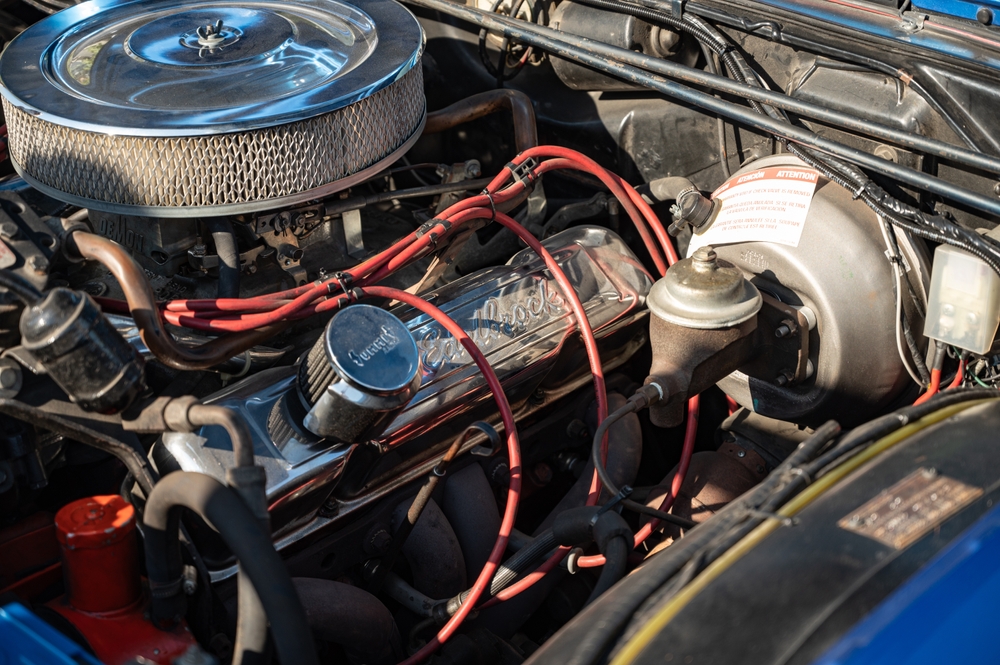
Older fuel systems can develop leaks or clogs over time. Check the fuel tank, lines, and filter for rust or deterioration. Modern gasoline can cause issues with vintage fuel systems, especially if they’ve sat unused for long periods. A faulty fuel system can lead to poor engine performance or even pose a fire hazard, so ensuring it’s in good shape is essential.
Cooling System
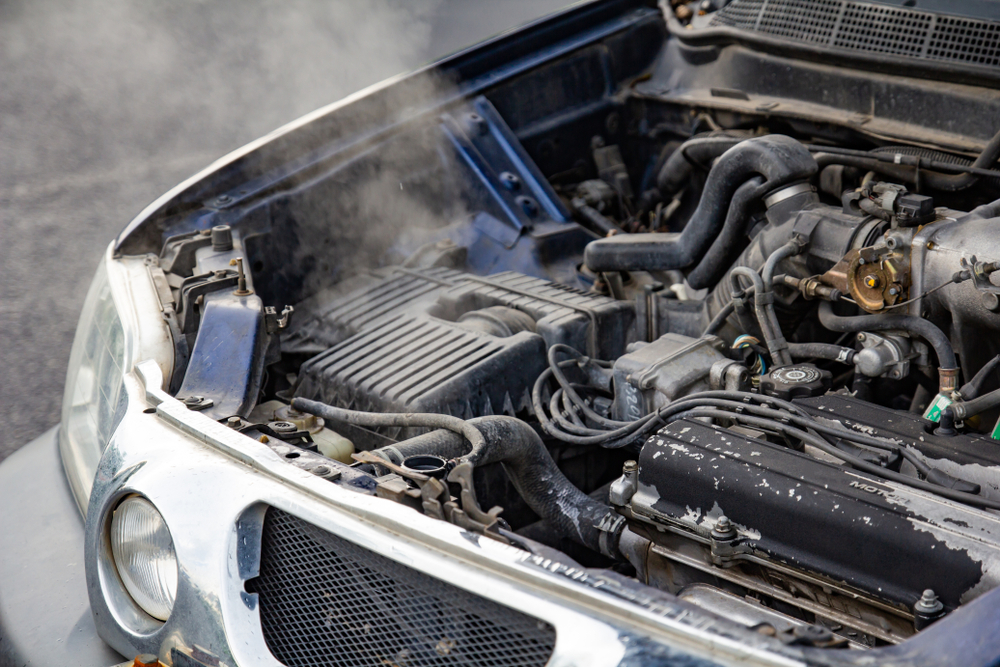
Overheating is a common issue with vintage cars. Inspect the radiator, hoses, and coolant levels to ensure the car’s cooling system is functioning properly. Any leaks or signs of rust in the cooling system can result in engine damage, which is costly to repair. A properly maintained cooling system will prevent overheating and extend the engine’s life.
Steering
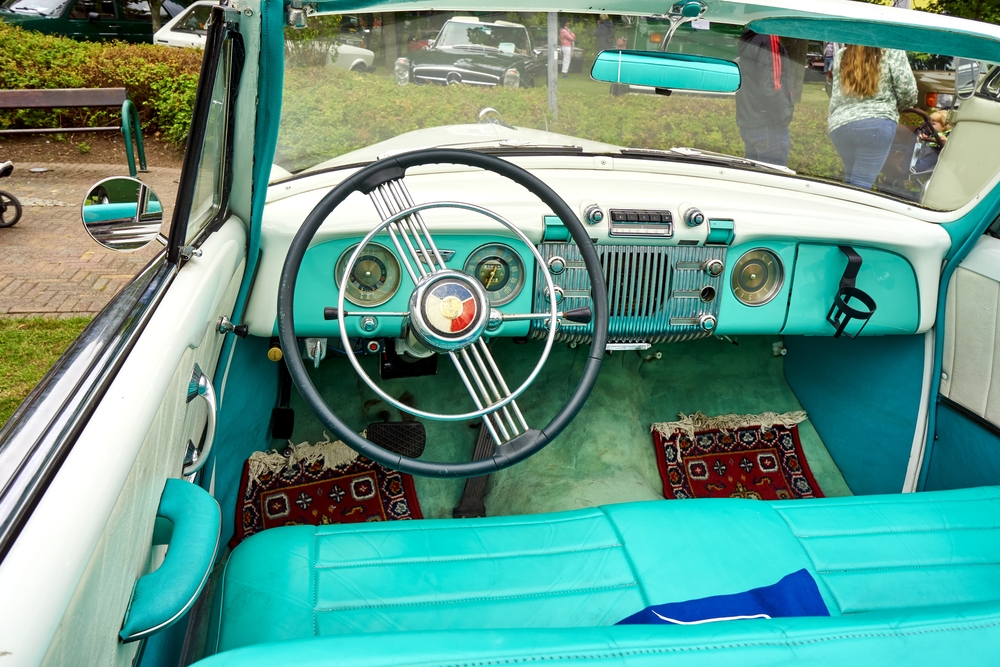
Steering components should be tight and responsive. Excessive play or looseness can indicate worn components like tie rods or ball joints. Vintage cars may have older steering systems that require more attention, such as manual or recirculating ball steering setups. Properly functioning steering ensures the car is safe to drive and handles well at all speeds.
Tires and Wheels

Inspecting the tires for uneven wear, cracks, or dry rot is essential, especially since vintage cars are often stored for long periods. The condition of the wheels is equally important; check for bent or damaged rims. Vintage tires may need to be replaced with modern equivalents for safety and better performance.
Interior Condition

A well-maintained interior not only enhances the car’s value but also provides insight into how well it has been cared for overall. Look for cracked dashboards, torn upholstery, and non-functioning components. Restoring a vintage car’s interior can be costly, especially if you’re trying to find original materials or parts. A clean, intact interior often reflects a car that has been well-preserved.
Paint Condition
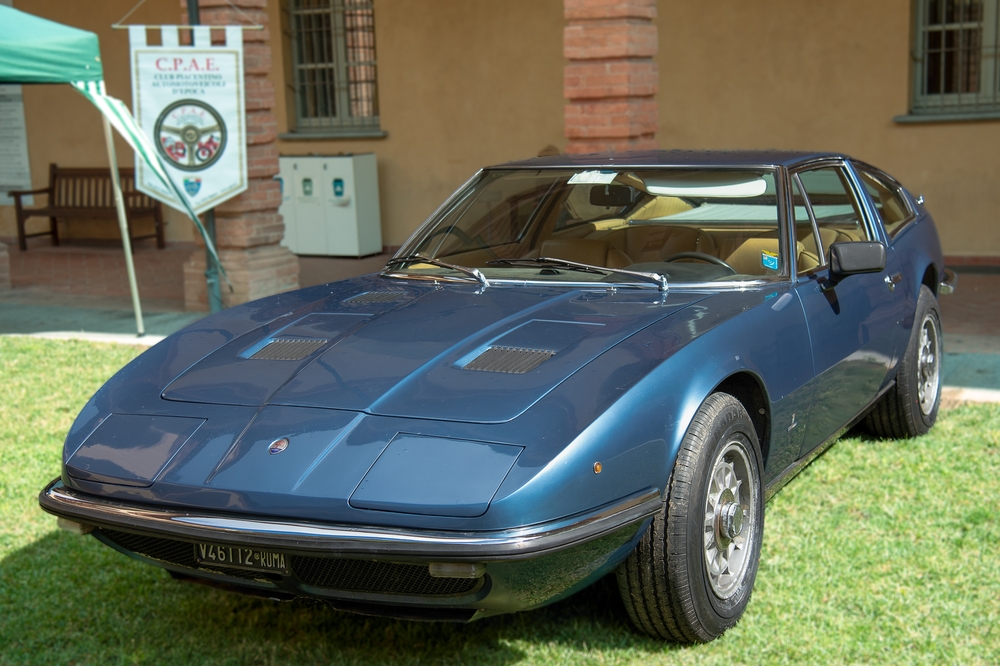
The quality of a car’s paint job affects both its aesthetics and value. Check for fading, chipping, or mismatched areas, which could indicate prior repairs or resprays. While paint can be redone, vintage cars with original or well-maintained paint are more desirable to collectors. It’s also essential to look for signs of rust or damage hidden under the paint.
Exhaust System

An exhaust system in poor condition can cause engine performance issues and even safety hazards like carbon monoxide leaks. Check the pipes, muffler, and catalytic converter for rust, holes, or damage. A functioning exhaust system reduces engine noise and ensures the car runs smoothly while minimizing harmful emissions.
Oil Leaks
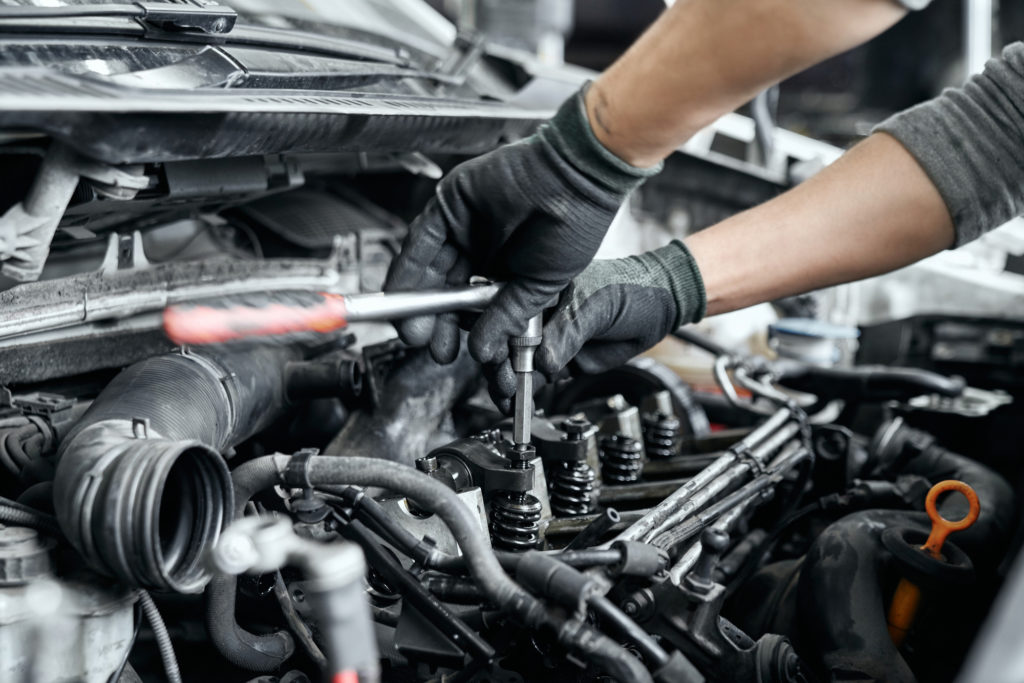
Oil leaks can indicate worn seals or gaskets and may lead to bigger engine issues. Inspect under the engine and around key components like the oil pan and valve covers for any signs of leaks. Even small drips can signal future costly repairs, so it’s best to address leaks early on.
Mileage
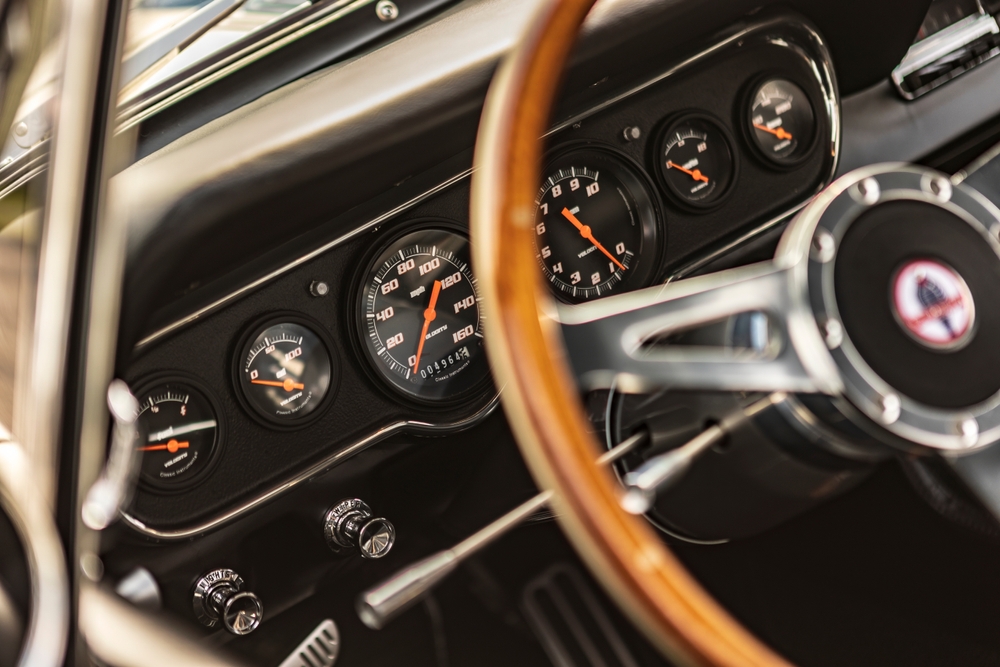
Mileage gives a general idea of how much use the car has seen. Lower mileage is often more desirable, but it’s important to ensure the odometer reading is accurate and that the car’s condition reflects the mileage. A car with suspiciously low mileage for its age may have had its odometer tampered with or replaced, so it’s worth checking records.
This article originally appeared in MyCarMakesNoise.
More from MyCarMakesNoise
20 Legendary Race Cars That Faded into History
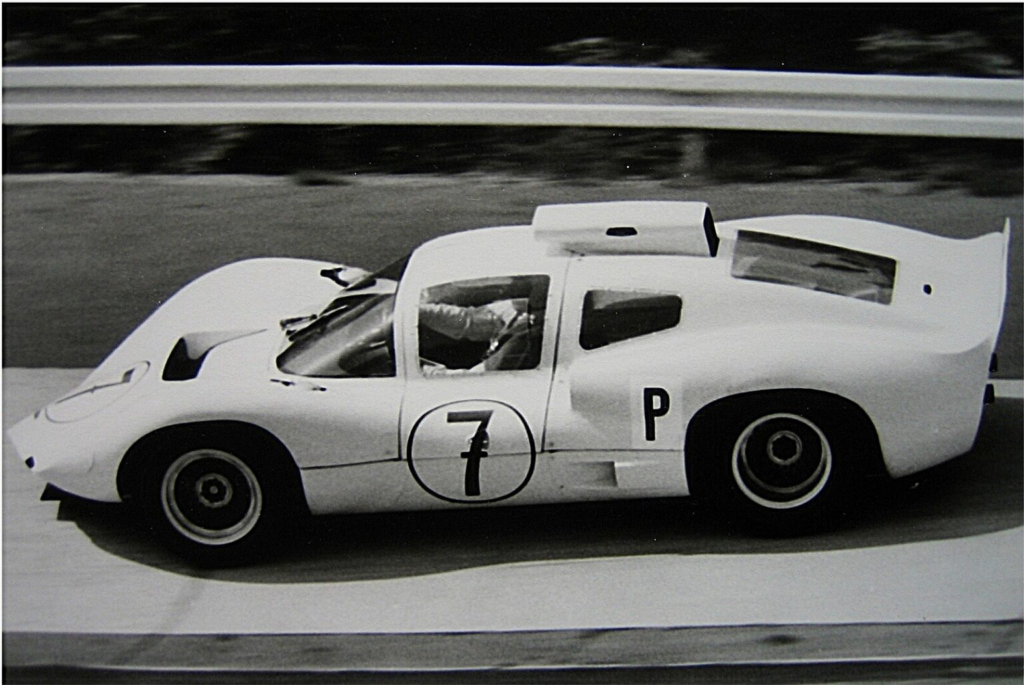
Some race cars leave an indelible mark on history, while others, despite their legendary status, quietly fade into the background. In this article, we’ll explore 20 of these remarkable machines—vehicles that once dominated the track but have since slipped out of the spotlight. Read More
13 Classic Sailboats Still Gracefully Navigating the Seas

There’s something timeless about the sight of a classic sailboat cutting through the waves. While modern vessels dominate most marinas, a few traditional sailboats continue to navigate the seas with grace and elegance. Read More
18 Key Moments That Defined the Dodge Charger`s Evolution
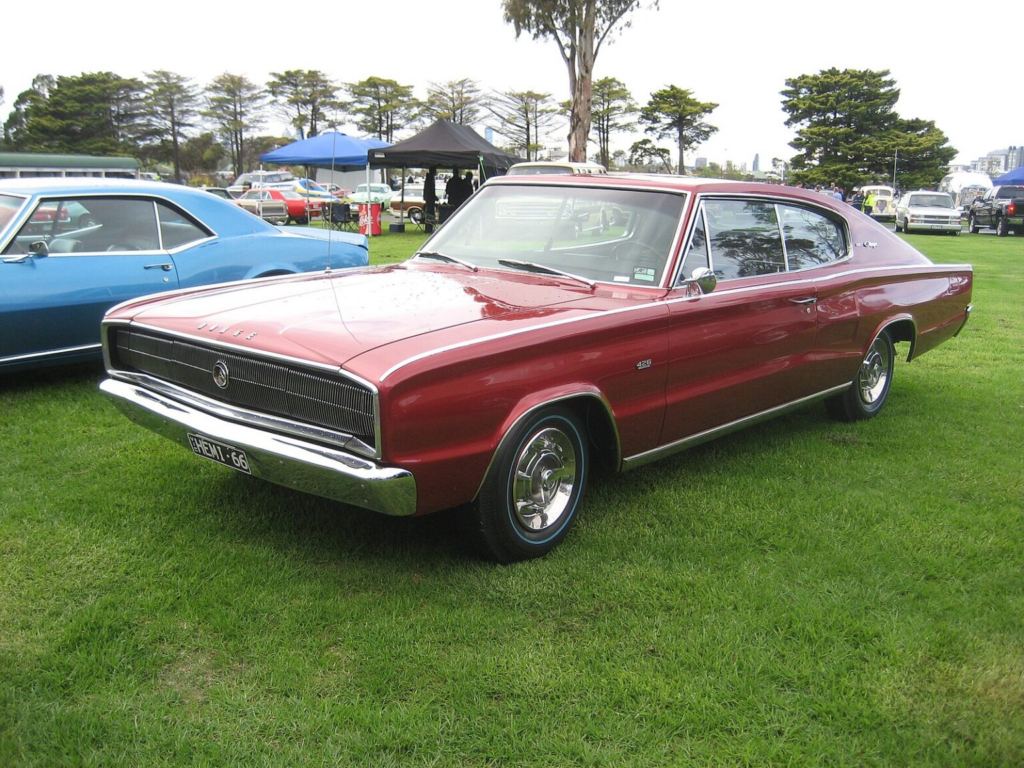
The Dodge Charger has been an iconic name in the automotive world for decades, evolving from a classic muscle car to a modern powerhouse. Throughout its journey, there have been key moments that shaped its identity and solidified its place in car history. Read More


